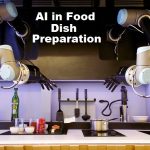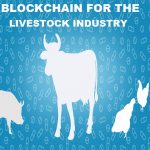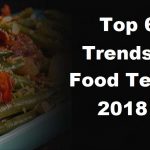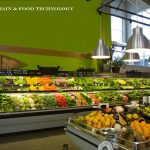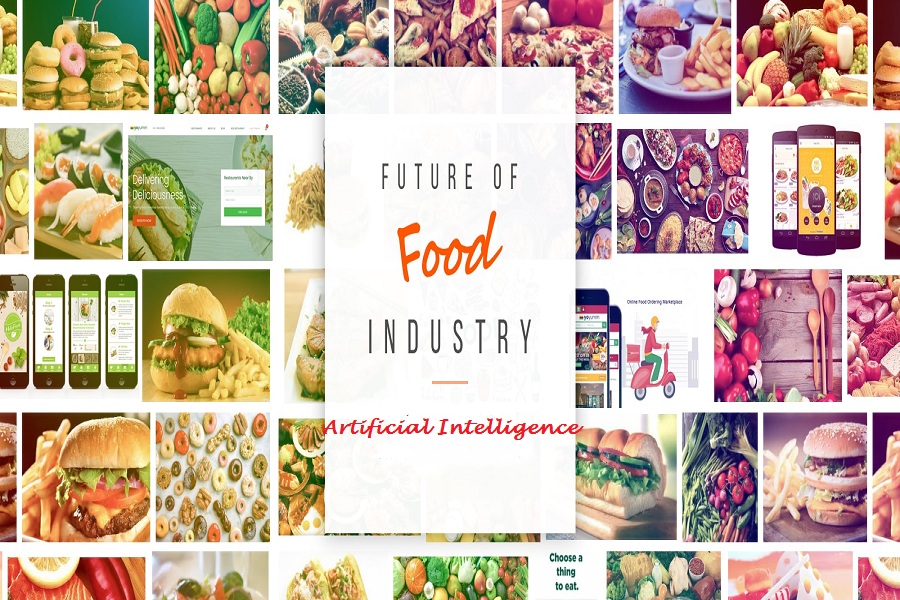
AI is touching our lives on many fronts. It is in the healthcare sector, education, finance, marketing, media, transportation, et al. And the food industry isn’t an exception. AI is changing the way people eat and the way food reach us.
Although the food industry didn’t take technology well in its early days, AI has turned out to be an exception. And it is mainly due to the spur of innovative startups. Here, I am going to put forward a few examples where the food industry is using AI. If not, it will be using it in future, soon.
Food Sorting
Sorting the food items is among the most time-consuming process in any unit that receives fresh produce. Take, for example, the potatoes and the tomatoes.
The facilities have to sort the potatoes according to the size. This step facilitates the manufacturer in deciding which ones are good for french-fries or chips or hash browns. Also, the off-coloured tomatoes are to be sorted out for decreasing the rejections from the retailers and customers.

So, TOMRA Sorting Food has developed an optical sorting solution that works on sensors and had machine learning capabilities. This system views the food just as consumers do, and for that, it uses various technologies like infrared sensors and camera. And then, it sorts that food based on that perception.
This technology has reduced the time it previously used to take in sorting the items. Also, the yields went up, the amount of food that went wasted came down, and the quality of food became better than before.
Supply Chain Management
New regulations for food safety are in place now, and it has increased the need for transparency. Hence, supply chain management has become the priority for all the food companies. There are several ways in which these food companies can use AI for improving their supply chain.
They can keep track of the products as they are being transported from the farm to the consumers via them. Also, they should be able to accurately forecast the demands so that they can manage the pricing and inventory accordingly. Also, they must monitor the food safety and test their products at every step of their supply chain.
For some of these ways, companies like Walmart are already implementing the blockchain technology. It helps them keep track of the products and creates transparency. And they can also forecast the demand accurately using the blockchain.
Personal Hygiene
Personal hygiene is as important in a food plant as in the kitchen. Following good personal hygiene is essential to assure that the facility is compliant and the food is safe.
Regarding the safety issue, KanKan, a technology company signed an enormous deal. The deal was to provide the AI-powered solution for better personal hygiene practices among the workers in China. This system can not only be used in manufacturing facilities but also in restaurants.
This solution uses cameras for monitoring the workers through facial and objects recognition software. Then, it determines if the worker was wearing the hat and masks as required or not. If the system finds the violation of the food safety law, it extracts the images for the review. According to the reports, this technology is over 95% accurate.
AI For Developing New Products

AI could help food manufacturers know that their products will be a home run, even before it is available in the market. Gastrograph AI claims that it can do precisely that. It can let the food manufacturers know that their product will be a hit or not even before it hits the shelves.
The technology of Gastrograph AI uses predictive algorithms and machine learning to figure out the flavours consumers prefer and predict the way they are going to respond to the new tastes. The food companies can then segment the data into demographic groups. This technique will help them develop the products matching to the preferences of the target audience.
AI In The Cleaning Of The Processing Equipment
You can say that this is the near future category of the use of AI in the food industry. Cleaning the procession equipment is a time-consuming process, and it needs a lot of resources as well, like water.
It is being said that the University of Nottingham is in the process of developing an AI system that reduces the time and the resources required for the process by up to 40%.
The system is called SOCIP, Self-Optimising-Clean-In-Place. It uses optical fluorescence imaging and ultrasonic sensing to check the microbial debris and the food residue in equipment. After the assessment, it optimizes the process of cleaning.
Many foods and beverage manufacturers use non-invasive, Clean-in-Place system for preventing the contamination of food. With a Clean-in-Place system, they wash inside equipment without disassembling it. CIP operates blind, and hence it has been designed by keeping the worst case scenario in mind. This system will be saving the food industry in many countries a considerable amount of money every year.
Cultivating Better Food
In the near future, AI could help the farmers in growing better food by optimizing the growing conditions. Sentient, a company that uses AI, has set its heart on this goal. Sentient uses AI for monitoring the impacts of different variables like heat, water, salinity and UV lights on basil.
They use this data for developing the trick for perfect crop. As mentioned, it might take some time for this technique to become viable. But we can’t ignore the fact that it has been born already.
Along with these, AI has also affected the way we eat. Personal coach, fitness tracking apps, chatbots, etc., they have changed the perception of food for us. We are more aware of how and what we eat. We now know how our diet is affecting our health. Anso, the food industry is changing the way they produce and supply food. AI is making the food industry more efficient and better and we sure will see many new changes in the near future.
